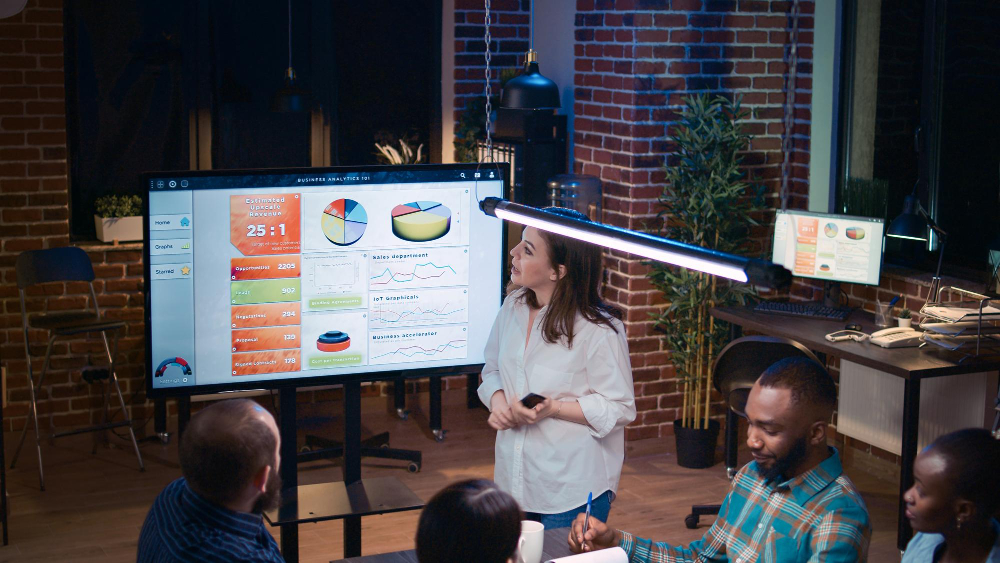Blog

Discover How Conference Room Analytics Software Works
In the growing modern business world, conference rooms are essential in forming crucial decisions and procedures to reach work goals. No wonder companies go the extra mile to create a place for productive collaboration and brainstorming. And that place is often known as a conference room.
Optimizing conference rooms begins with effective systematic utilization backed with reliable data. And this is where conference room analytics software goes along. Wonder how to maximize the full potential of a workspace; this analytical tool can make it possible. In this article, discover the role of this innovative solution and how it works.
Introducing Conference Room Analytics Software
The core of the conference room analytics software revolves around a tool that collects, analyzes, and provides insights into how the organization utilizes a specific room. Some of the aspects that involve this software are the following:
#1. Data Gathering
Like traditional analytic procedures, the software also starts with collecting essential information. Some of the usual details are room occupancy, booking patterns, meeting duration, no-show rates, and other relevant metrics for the target result.
Data collection can start from the entered data in the conference room booking software. Besides the software system, the collection can also go through integrated calendars, sensors, and IoT devices that can provide relevant data.
#2. Analysis
After collecting all the necessary data, the analytical tool can generate meaningful insights. Remember that these insights can also vary depending on the variables used. The analytical tool will also present numerical metrics that make it easier for the user to understand the insights further.
Users often apply conference room analytics software to understand peak usage times, distinguish underutilized spaces, and determine patterns in room booking behavior. Now that they have all that, it can support the management in their plans to improve or realize if they are doing well in their existing maintenance ways.
#3. Visualization and Reporting
Analyzed data can be more straightforward if the insights and numbers come with a clear visual aid. That is how most analytical tools present their analyzed data in a visual dashboard, report, or graph. They can now promptly decide on handling conference room allocation and resource management.
#4. Optimization Options
Besides presenting the data through insights and visual reports, the analytical tool also gives optimization options. It only means that some outstanding conference room analytics software has recommendation features. Like some are underused, the management can upgrade it according to the data.
In that way, the management can even eliminate their unnecessary expenditure. Another suggestion can be their scheduling system. The data will guide them on how they can increase room utilization.
#5. Integration with Other Apps
The thing with the room analytic software is that it often comes together with scheduling software. For instance, the company implements a scheduling app. This application gathers all the data, and with its existing analytic feature, it can now formulate an analysis that can help delegate room usage.
Integration with other applications is also possible since those scheduling software may have it or vice versa. Besides reservation platforms, some integrations can include the existing calendar system and other workplace management tools essential in conference room booking.
#6. Enhanced User Experience
Advanced analytical tools are also commendable in how they are now accessible to everyone. With all the mentioned aspects, this tool also supports the management of a much-updated user experience. And that experience begins with having it right through mobile phones.
Also, overseeing the bookings and scheduling can be done in real time. At the same time, it is an excellent aid for room reservationists to plan their future bookings whenever or wherever they are.
What is Room Reservation Software?
As mentioned earlier, integration with analytic software and reservation platforms is possible, or the software may have it. And since both innovative solutions go along, here is a further discussion about room reservation software.
Reservation has always been there to keep everything organized.
Although, before innovations, reserving a thing or a room was challenging with pen and paper tabbing. For instance, incidents of overbooking happen, especially on hectic days. It will also take time for the admin to review past bookings. However, with modern innovation, this can be fine. Thanks to room reservation software.
Another term for this software is the conference room reservation application – a systematized platform for reserving a desk or room. It is widespread in the workplace, especially for big companies with many rooms and desks. So besides the existing admin that will handle the office movement, the software aids them.
Some of the known functionality of this application are the following:
- Automated room and desk booking
- Check availability anytime and anywhere
- Conference room availability display
- Overview of every room or desk available
- Faster access to past bookings
- Reservation through smartphones
- Comprehensive report for booking system
This booking system is also the best way to analyze per-room utilization. The existing or integrated analytics tool can diagnose the reservation software’s stored data. And produce meaningful insights that can help the management see how they handling these workspaces.
How Do I Create a Meeting Room Booking System?
Seeing how reservation software is one way toward effective workspace utilization, one may wonder how to create a meeting room booking system within one’s workplace. So here is a quick guide to make it possible.
Step #1: Assess all the Needs and Requirements
Is it a need? If the answer is yes, then go. Remember that having a systematized reservation can make any job faster and more organized to implement. Hence, this part goes to understanding the office’s needs. Some of the essential factors that one should identify are as follows:
- Number of rooms
- Frequency and nature of meetings
- User preferences
- Integration requirement with existing systems
- And any specific features that can help the work operations
Step #2: Get the Right Booking Software
Browse and research the internet for the best room booking software that suits and aligns with the companies’ goals and requirements. Also, budgeting is essential in this part. Know how much the company can allocate for this system software. And after settling the budget, consider these factors in getting the right software.
- Ease of Use
- Scalability of Service
- Compatibility to the Existing Systems
- Mobile Accessibility
- Software’s Client Support System
Step #3: Installation and Configuration
Now that the company has already chosen a conference room reservation software, it will take time to do installation and configuration. Set up the software according to the organization’s infrastructure. Take note that some software providers come with additional related devices. For instance, some have a conference room availability display where the team can view or make bookings. Some of the processes here include:
- Installing software servers
- Configuring user access levels
- Integrating with existing calendars or email systems
- Customizing settings according to the company’s need
Step #4: Transferring of Data
Transferring data from logbooks to the booking system is a usual event for an office that transitions from a manual to an automated system. It also means that the management may need time to do so. Usually, this data migration involves:
- room schedules
- past or important bookings
- user information to the new system
Step #5: Conducting a Training Period
Adapting a new system for the organization also means investing in the training period. The efficacy of this innovation starts with how the team can utilize it. Hence, knowing how it works is one step towards it. Everyone must learn how essential the application is and how it works for them. After they can set themselves up with the basics and essentials, the management can set a trial period.
Step #6: Do the Trial Period
Before fully implementing this new booking system, take a three-day or a week trial period. The management must oversee how everyone is progressing and adapting the software solution. See the concerns of the users and address all those basic ones. If there are complicated concerns, take the team and see how to manage while getting along with the new system.
Step #7: Implement the New Booking System
After setting everything up, it is time for the company to function as a more advanced work environment. Implementing an automated booking system also means the company is promoting a modernized workplace. Enjoy the booking system anywhere and at any time needed.
It also helps the management to lessen their desk’s clutter with everything accessible right through their computer. Also, it is cost-efficient for the company since they can now set the correct number of people for the admin personnel.
Step #8: Take the Insights and Feedback
Use the conference room reservation analytic software to understand how the teams and individuals use it comprehensively. In this part, the management can also realize if their booking rooms are effective and well utilized.
The insights and feedback of the application will allow the authority on how they can strengthen their work environment. That way, productivity continues while no taking for granted of space resources happens.
Takeaway
The reservation system is truly effective if there is reliable data that can show it. Innovation like conference room analytics software is one way towards it. Hence, some conference room booking software features it. So, for anyone who plans to get their booking software, it is commendable to know about the analytics tool that goes with it to enjoy the benefits of the app entirely.



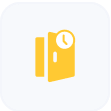

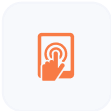
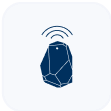
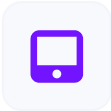
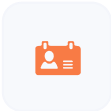
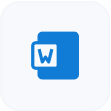
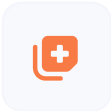
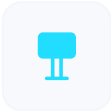
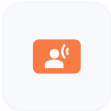
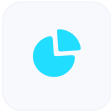

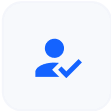



































 Support
Support  Demo
Demo  Blog
Blog 

